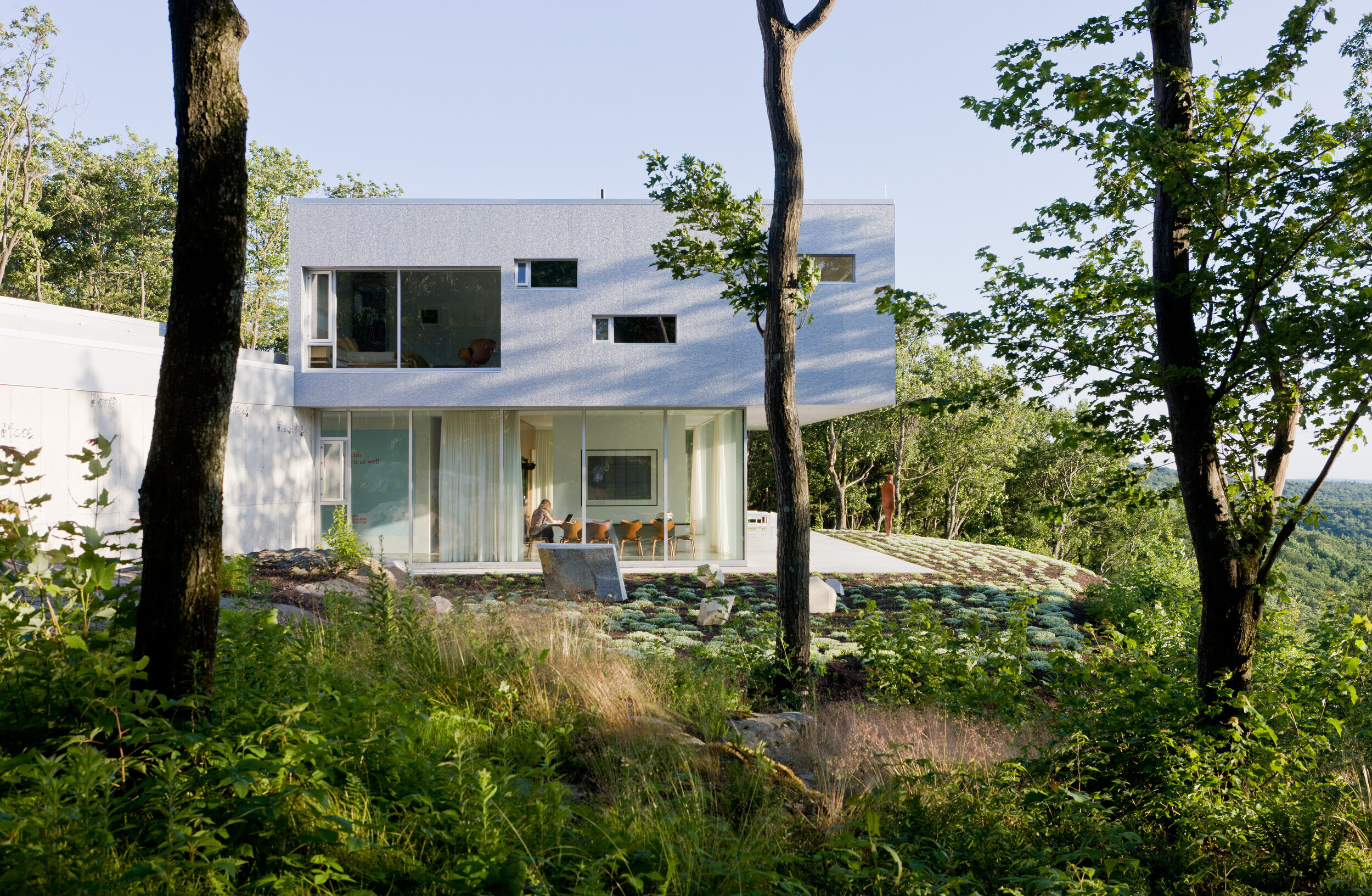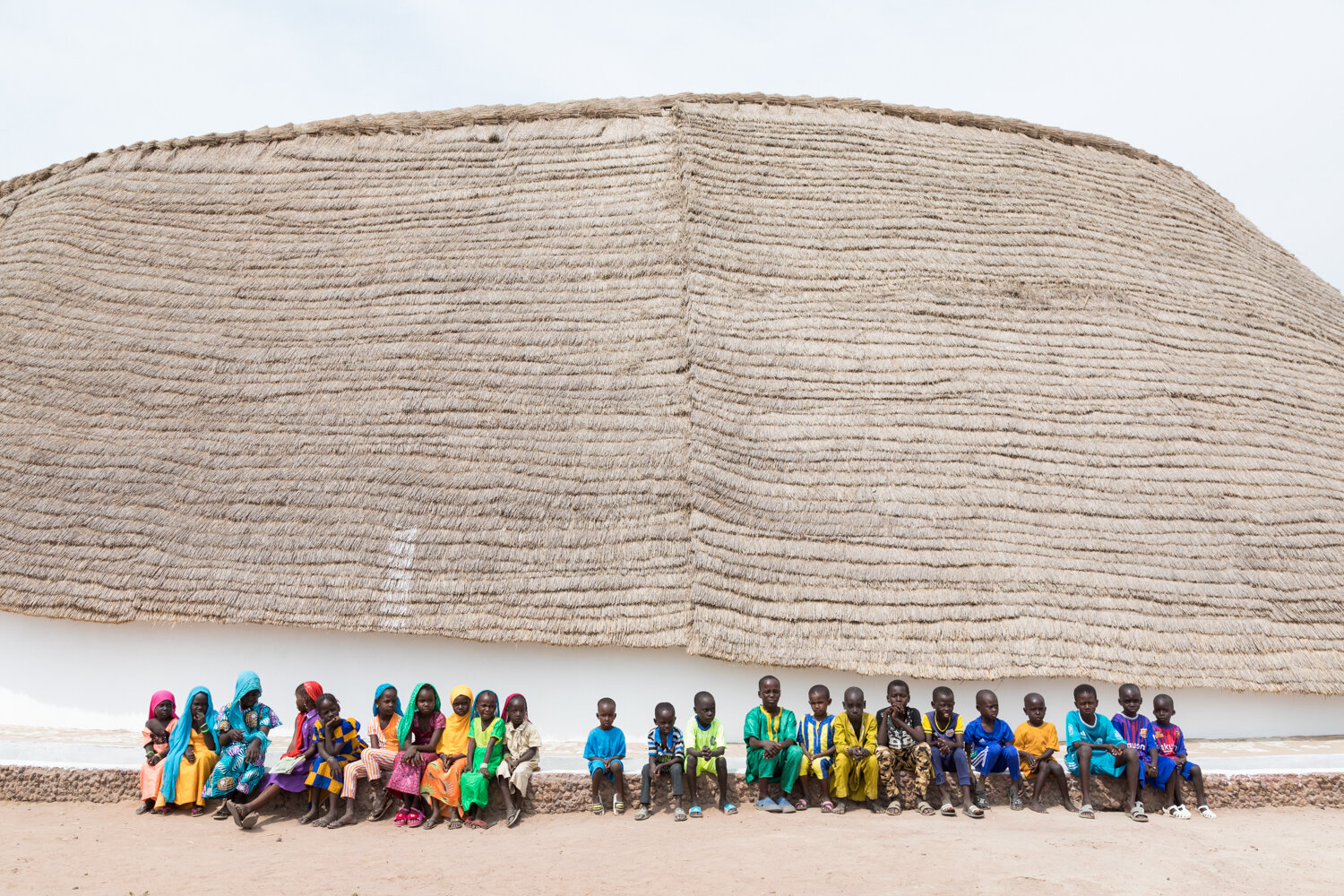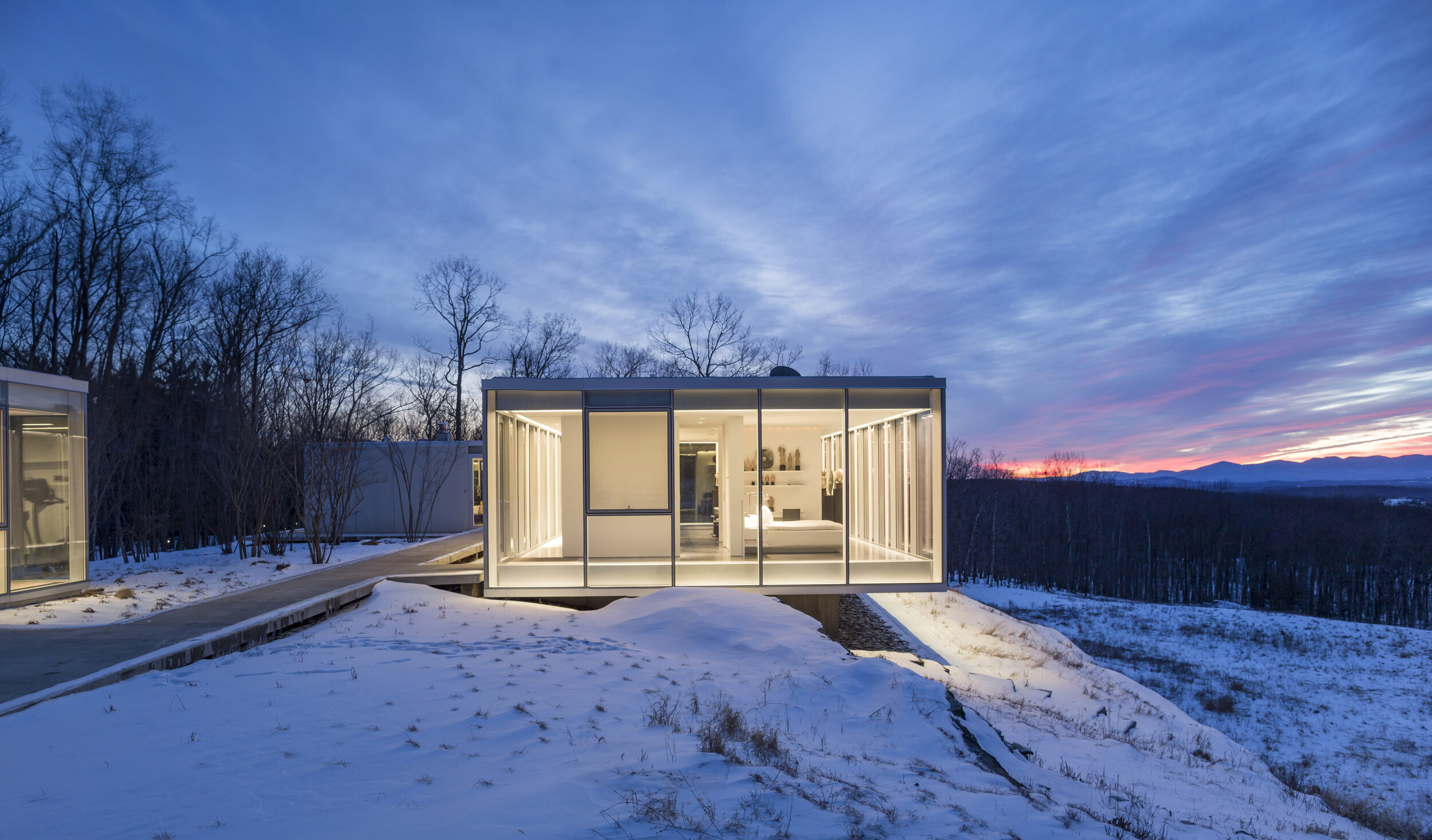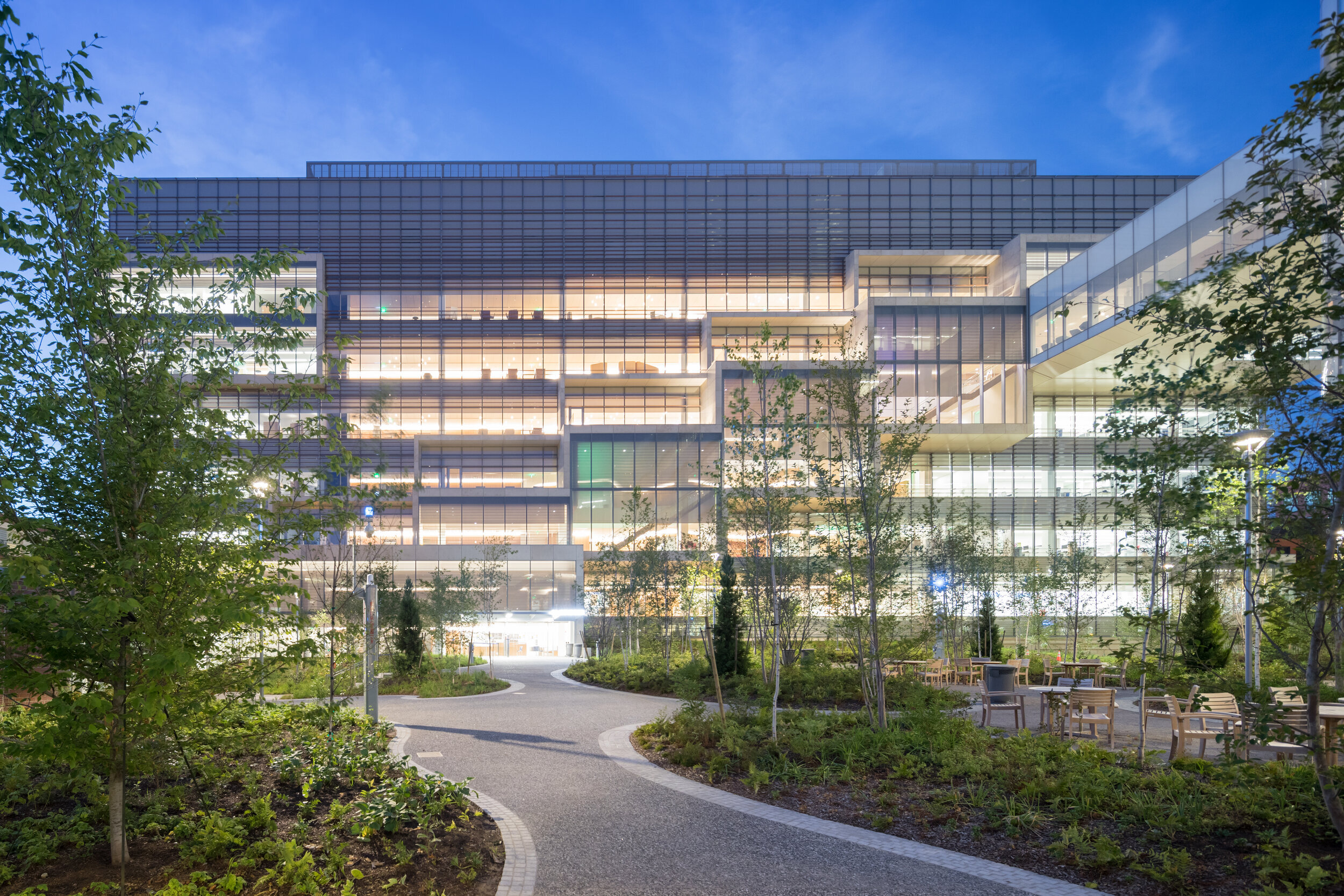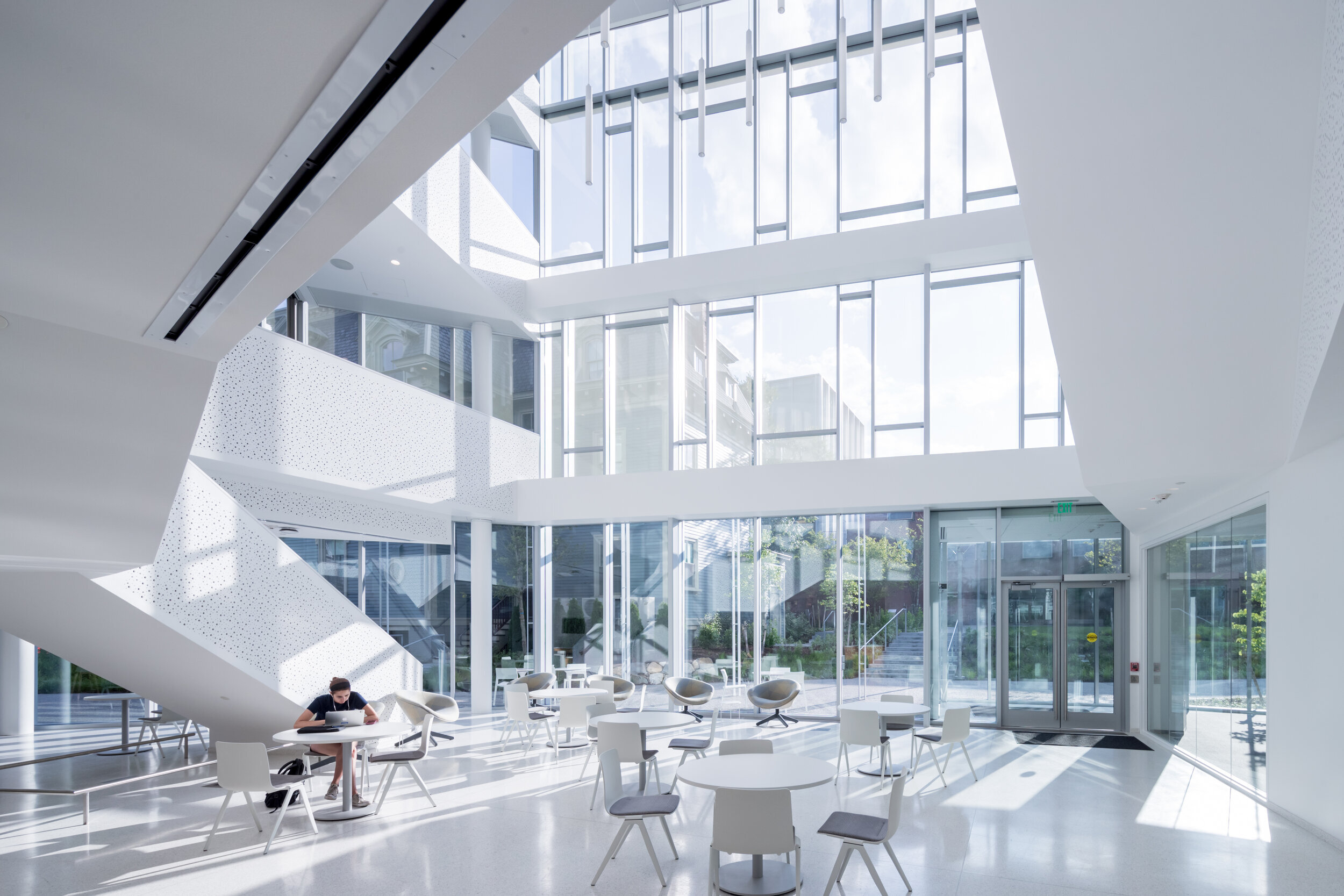#227 - TOSHIKO MORI, Architect
SUMMARY
This week Architect Toshiko Mori joins David and Marina of FAME Architecture & Design to discuss her moving from Japan to New York City at a young age, attending The Cooper Union for Art and Architecture, starting her own practice and VisionArc, witnessing the 9/11 attack, her design process, creating a temporary concert hall, and more. Enjoy!
ABOUT TOSHIKO
Toshiko Mori, FAIA is the founding principal of Toshiko Mori Architect PLLC, and the Robert P. Hubbard Professor in the Practice of Architecture at the Harvard University Graduate School of Design (GSD). She is a graduate of the Cooper Union Irwin S. Chanin School of Architecture and holds an honorary master’s degree from the Harvard University Graduate School of Design.
She participates in international symposia and conferences and has lectured at universities across the country and around the world. Her projects have been the focus of several publications, including the February 2020 issue of A+U magazine. Mori has won numerous awards including the Academy Award in Architecture, from the American Academy of Arts and Letters; the AIA New York Chapter Medal of Honor; the 2016 ACSA Tau Sigma Delta National Honor Society Gold Medal; and is a fellow of the American Academy of Arts & Sciences. She recently received the AIA/ACSA Topaz Medallion for Excellence in Architectural Education, and Architectural Record’s Women in Architecture Design Leader Award in 2019.
HIGHLIGHTS
TIMESTAMPS
(00:00) Toshiko discusses her moving from Japan to New York City at a young age and studying art and architecture at The Cooper Union, New York City in the 1970s.
The era in which I entered art schools as really conceptual. So for somebody transitioning from art to architecture was not such a challenge. It was very spatial oriented and we were working on a lot of installations as artists, and [they were] interactive. As you can imagine it was a very lively time in terms of art and performances and this was also the era in which there was social unrest. That’s when art thrives. So the film, music, art, and all that was intermingled and architecture was just a part of it. It wasn’t like going into a different discipline, but more of a focus. The reason I was more drawn to architecture as opposed to art is it’s much more of a synthetic discipline, in which one is studying sciences, engineering, technical issues, math, as well as philosophical issues and theoretical issues, and art. (11:18)
(21:11) The beginning of Toshiko’s practice and the freedom of not having student loans.
I was lucky because Cooper Union was a free school. One of the reasons why a lot of people a lot of people cannot start their own is financial issues. You owe student loans and so forth which take ages to pay off and you have no choice but to keep working for corporate offices. That’s the reality which I think is problematic. I just have to be honest and say that’s actually one of the reasons why I was able… when I’m sure everybody wants to start his or her own practice. (21:57)
(23:57) Starting a practice at a young foreign woman and how New York has changed.
I started my practice relatively young, I think I was barely 30. Once again, when you’re so young you’re clueless and fearless. And you don’t think about any of it. I didn’t think about me being a foreigner or a woman. I just jumped right in and started to do work. Thinking back, if those labels, which might be given by outsiders, if I considered it, I might not have been that brace. So I would say everybody just forgets it, whatever people try to label you as just throw it away and do whatever you want to do and you like to do. That I think is healthier that way. Everybody wants to try to prevent you to do things by labeling you and putting you into certain small boxes. (23:55)
(31:22) What 9/11 was like when she was working and living in New York City.
(35:38) The office’s first project.
(40:46) TThe relationship between architectural theory and her work, and her design process.
What’s so fun about architecture is there’s not a single project alike. There are other professions where the work is repetitious, whereas ours is not. Every single project has a different premise, program, client, climate, site… and so we are very lucky. I’m really grateful we’re are working and every project is fresh. However, the challenge is that you can’t repeat it. Even if you try to repeat, it’s not possible. You have to get back to zero again and then rethink of it. Even if you start to force what you thought you knew before it just does not work. (44:50)
As a person I like simplicity, I like clarity. In all the architecture projects, I want everything to be aligned both mentally, philosophically but also in terms of execution everything just needs to be in a relationship with each other and it’s within the alignment. That’s hugely important. It’s a very abstract idea, but it creates a spatial balance and harmony which… how do I say… I just cannot deal with misalignment! […] Alignment is really connecting and creating different relationships, so there’s a dialogue with different elements and one thing informs other things. (54:27)
(01:04:00) Why Toshiko keeps her office small and doing competitions.
(01:09:17) (01:21:59) Her proposal for a portable concert hall and the benefits of architecture that is more agile and adaptable.
We were looking at eras from Japan’s metabolism to Superstudio to Archigram, in which architecture was really more infrastructure-related and then more adaptable, and then more dynamic entities. Then it really had [become a] more theoretical and image-based manifesto, but maybe we are at a time in which we need to rethink those initiatives as something which can be realizable. (01:23:52)
(01:16:30) The fragility of architecture as a profession and why teaching is important.
Our profession is quite fragile and because we, as you said, don’t make much money, some other construction business can completely take over what we do. So unless we instill in the next generation the value of what we do and how we do it, and how we keep driving and thriving… it’s not easy. I mean, we could be written off really easily by anybody with a smart economist as an unsustainable and unnecessary profession. (01:20:30)
(01:24:48) Why thinking abstractly is closely related or necessary for creating well-designed buildings.
(01:33:00) Toshiko discusses her research think tank VisionArc.









